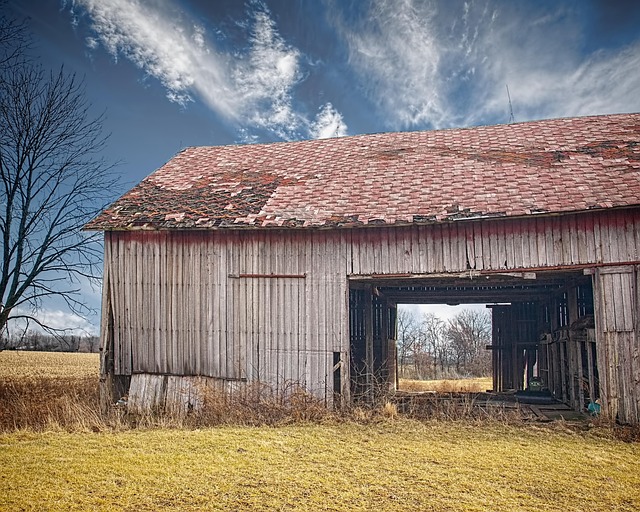In frontier regions, the quest for resources like timber, minerals, and land has historically driven expansion, with extraction industries such as mining, logging, and oil production becoming economic backbones. These industries attracted settlers and immigrants but also led to significant changes in land use, transforming landscapes and communities, often causing displacement and debates around land rights. The historical impact includes environmental degradation, disruption of indigenous cultures, and shifts in local real estate values. Today, communities are navigating the remnants of these industries while advocating for sustainable practices to protect both the environment and cultural legacies.
“Frontier history is intricately woven with the thread of extraction—a powerful force that has shaped landscapes, communities, and cultures across vast territories. This article delves into the multifaceted impact of resource extraction during frontier expansion, exploring its role in land development and the complex dynamics between industries and indigenous populations. We analyze how these historical processes continue to influence access to real estate on the edge, environmental preservation, and cultural legacies, shedding light on both the benefits and challenges left behind.”
The Role of Extraction in Frontier Expansion: How the quest for resources and raw materials fueled the push into untamed territories, shaping land use and community dynamics.

The quest for resources and raw materials has long been a driving force behind frontier expansion, pushing settlers into untamed territories. This relentless pursuit of new sources of wealth and prosperity fueled the colonization and development of lands that were once considered remote and inaccessible. As settlers moved further west or into newly discovered regions, they brought with them not only their dreams of building new lives but also their need for essential resources like timber, minerals, and agricultural land. The availability—or lack thereof—of these critical resources dictated the pace and direction of frontier expansion, shaping the type of communities that emerged and the dynamics between settlers and the surrounding environment.
Extraction industries played a pivotal role in this process, becoming the backbone of many frontier economies. The establishment of mining operations, logging camps, and later, oil fields, attracted waves of immigrants seeking employment and opportunities. These industries demanded vast amounts of real estate, transforming landscapes and leading to the rapid development of towns and cities. The need for infrastructure to support these extractive activities further accelerated land use changes, with roads, railways, and power lines crisscrossing once-pristine terrain. This history of resource extraction continues to shape frontier regions today, leaving an indelible mark on their geography, culture, and economic prospects.
Real Estate on the Edge: Exploring the impact of extraction industries on frontier communities' access to, ownership of, and relationship with their surrounding lands.

On the fringes of civilization, where untapped resources lie dormant, extraction industries have long been magnets for pioneers and entrepreneurs alike. As these frontiers were carved into reality, the concept of real estate took on a new dimension. For communities nestled within these resource-rich areas, access to and ownership of land became tightly woven with the economic pulses of mining, logging, or drilling operations. While these industries initially brought prosperity, they also sparked intense debates around land rights and community displacement. The relationship between locals and their land was no longer merely one of stewardship; it evolved into a complex interplay of exploitation and sustenance.
Over time, as extraction activities waned or shifted, frontier communities were left grappling with the remnants of these industries—both physical and emotional. The once-prosperous towns might find themselves struggling to redefine their identity and economy, leaving behind a trail of both economic booms and quiet despair. Understanding the intricate dance between real estate, industry, and community is crucial in piecing together the complex frontier history shaped by extraction.
Environmental and Cultural Legacies: Examining the long-term effects of extraction practices on ecosystems and indigenous cultures, including land degradation, displacement, and the preservation of cultural heritage in the face of change.

The historical frontier, often defined by resource extraction, has left an indelible mark on both the environment and indigenous cultures. As settlers ventured into uncharted territories, their practices had far-reaching consequences. Large-scale mining, logging, and farming led to significant land degradation, altering ecosystems and disrupting habitats. This environmental impact often resulted in the displacement of indigenous communities who had relied on these lands for sustenance and cultural practices. The real estate value of these areas, once lush and vibrant, was transformed by extraction, reflecting a shift in the local landscape.
Preserving cultural heritage amidst such changes is a delicate task. Indigenous knowledge systems, oral traditions, and artistic expressions were once threatened by the encroachment of modern industries. However, many communities have actively worked to protect and promote their ways of life. They have advocated for land rights, ensuring that future development respects their historical connection to the frontier and its resources. This struggle highlights the importance of reconciliation and sustainable practices in preserving both the physical environment and the cultural legacies shaped by centuries of extraction.






